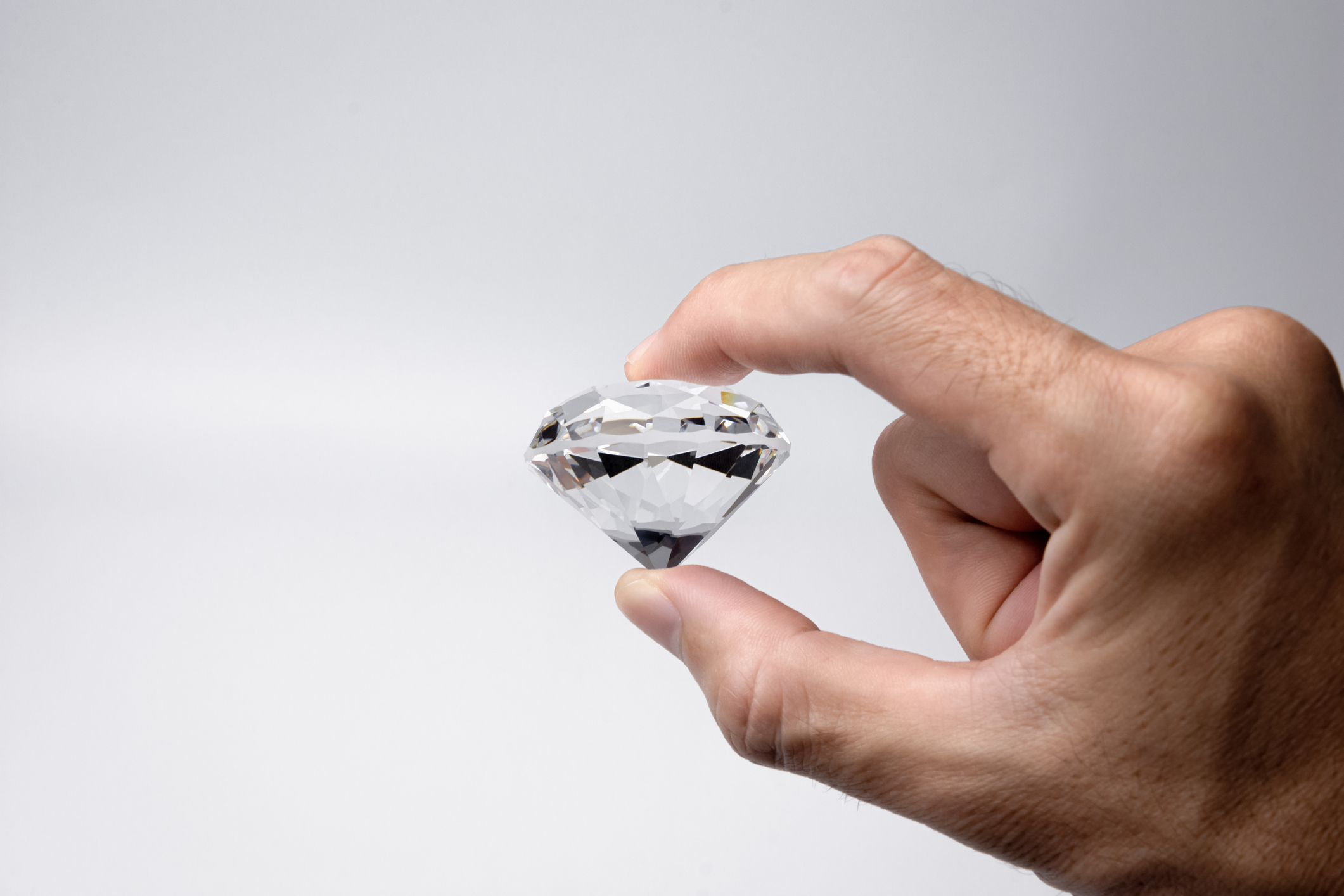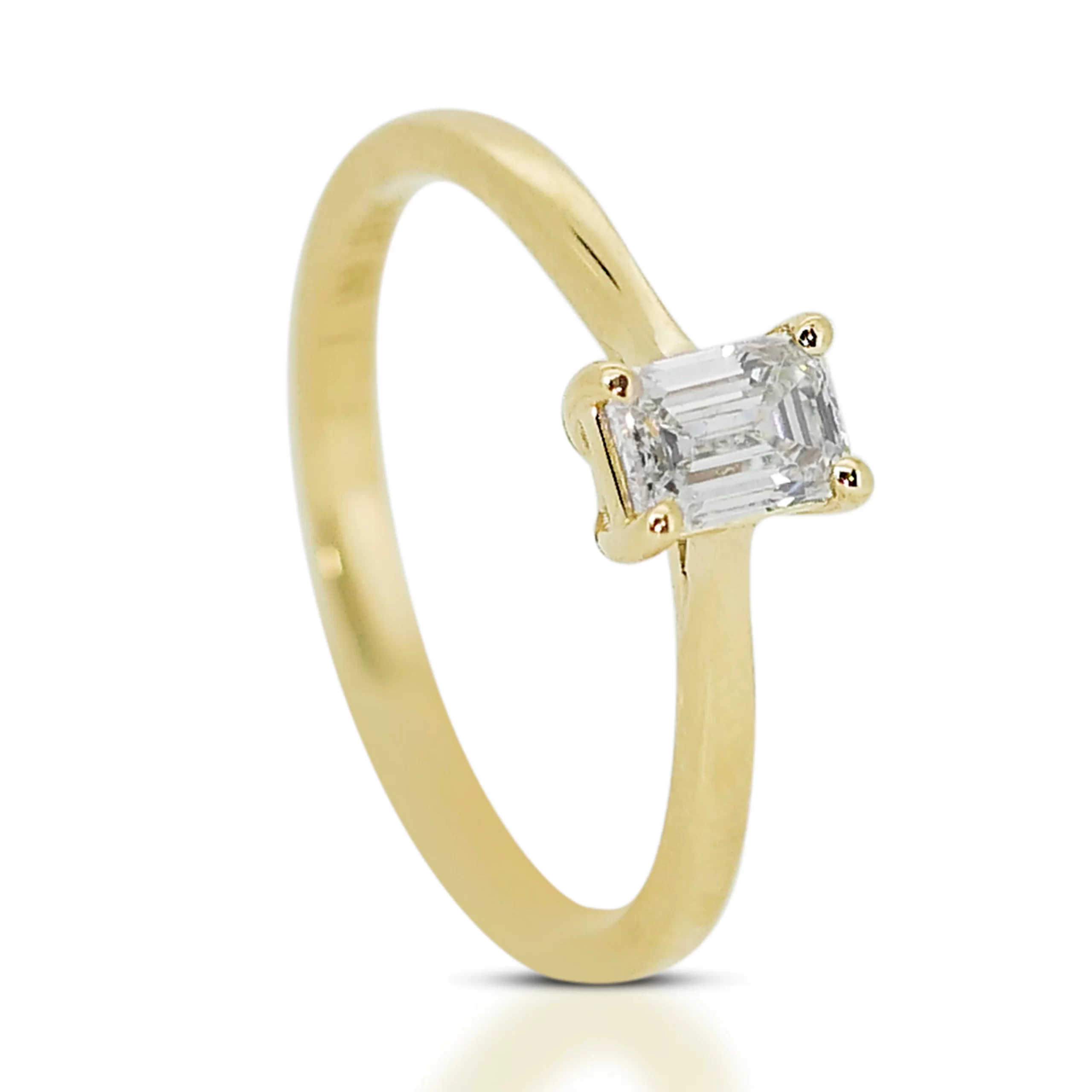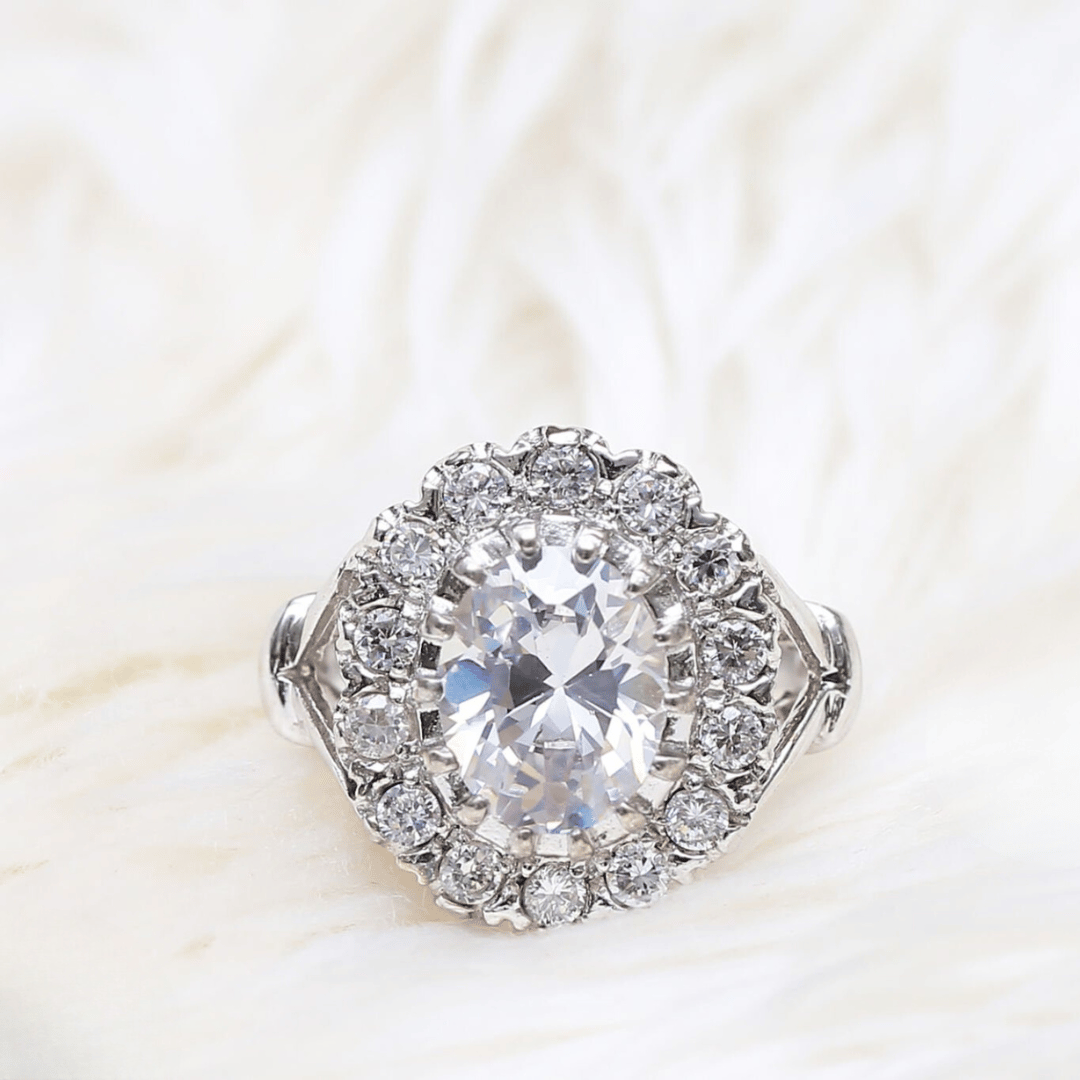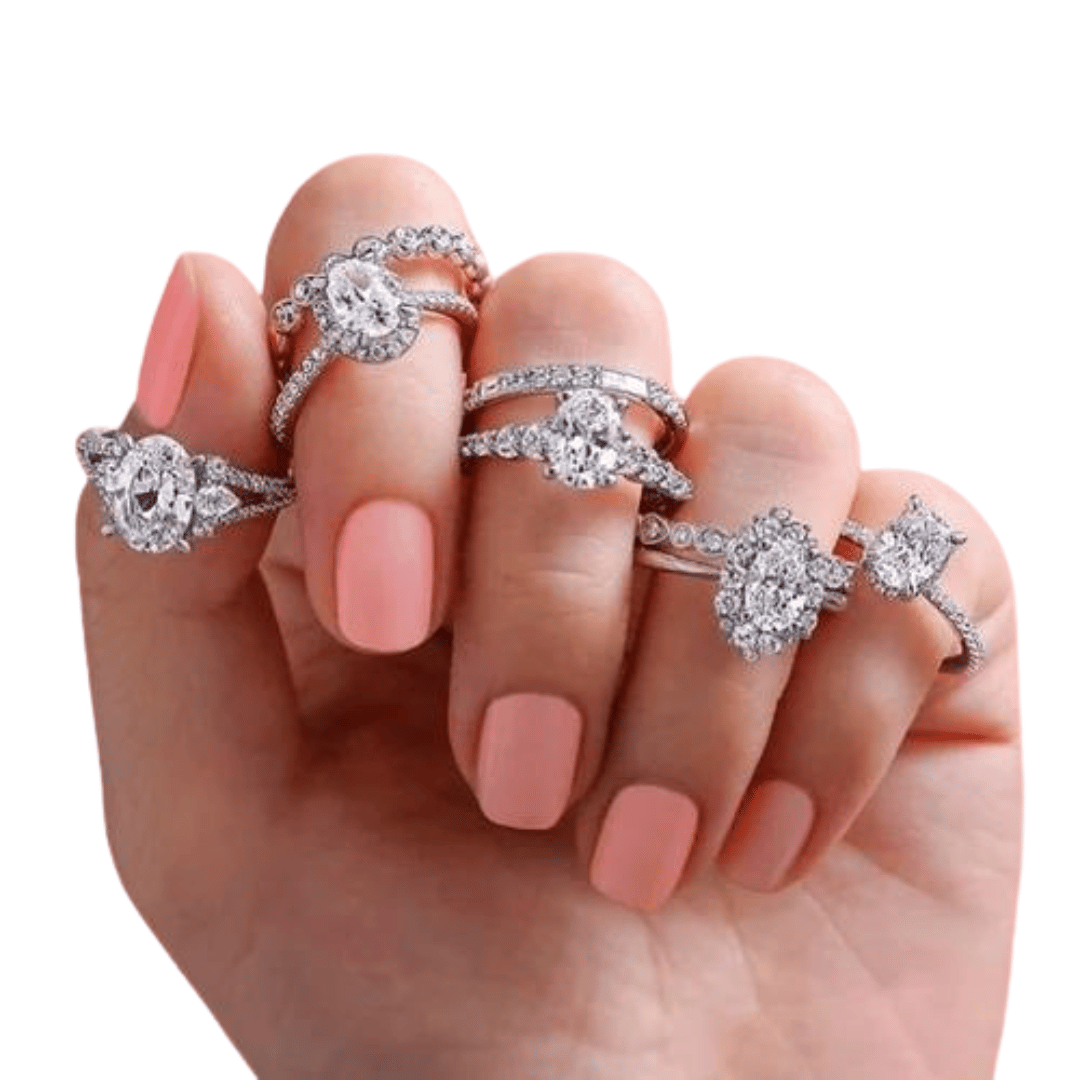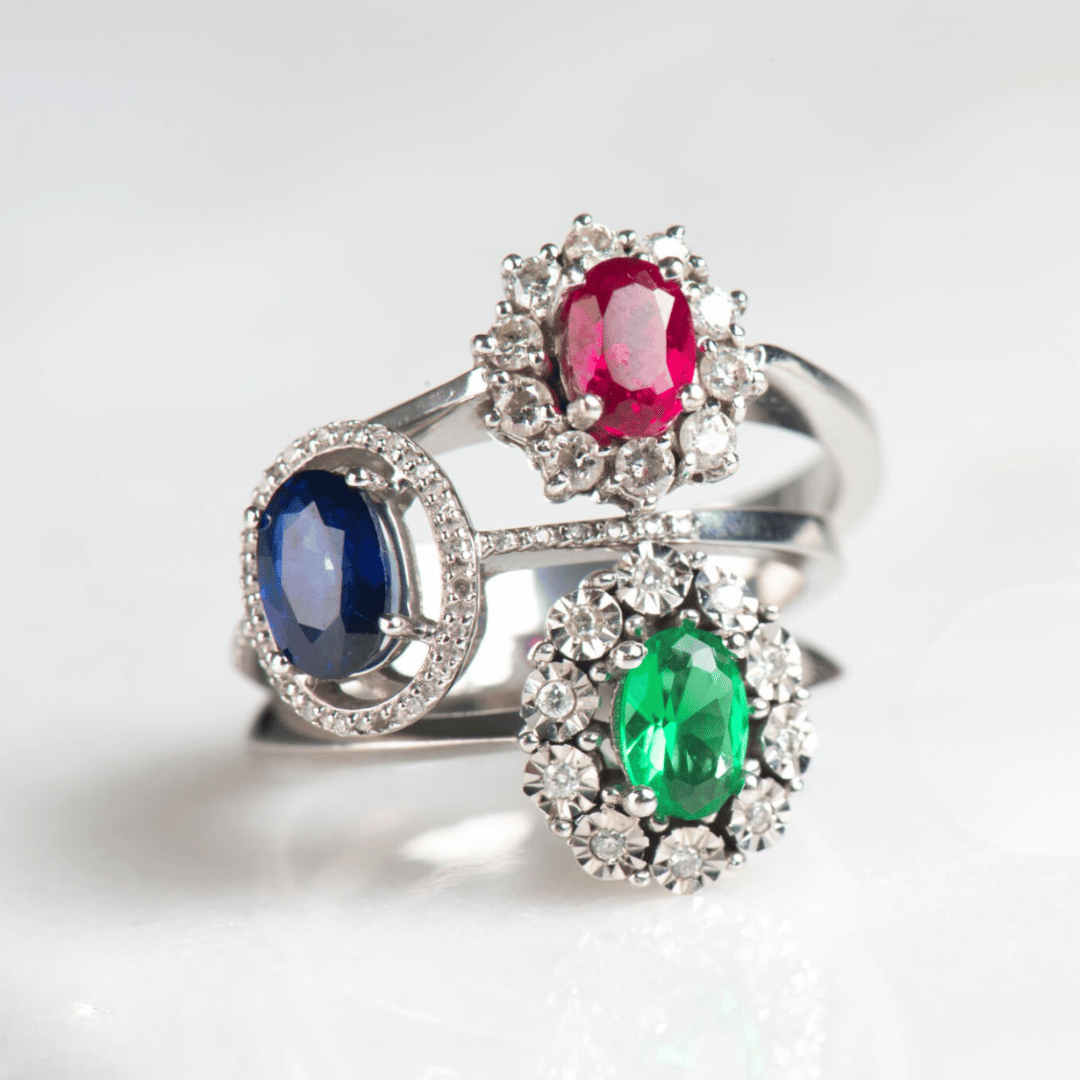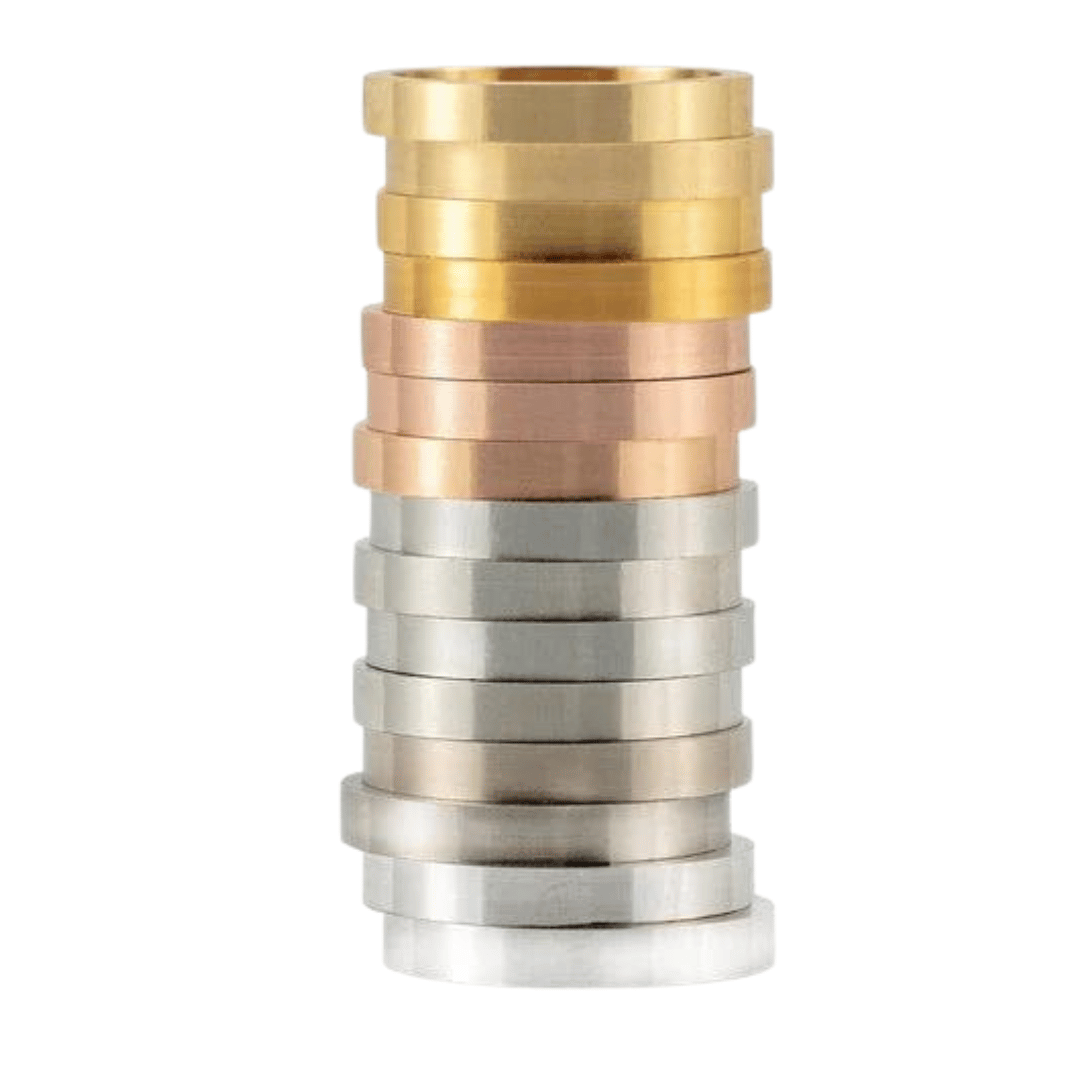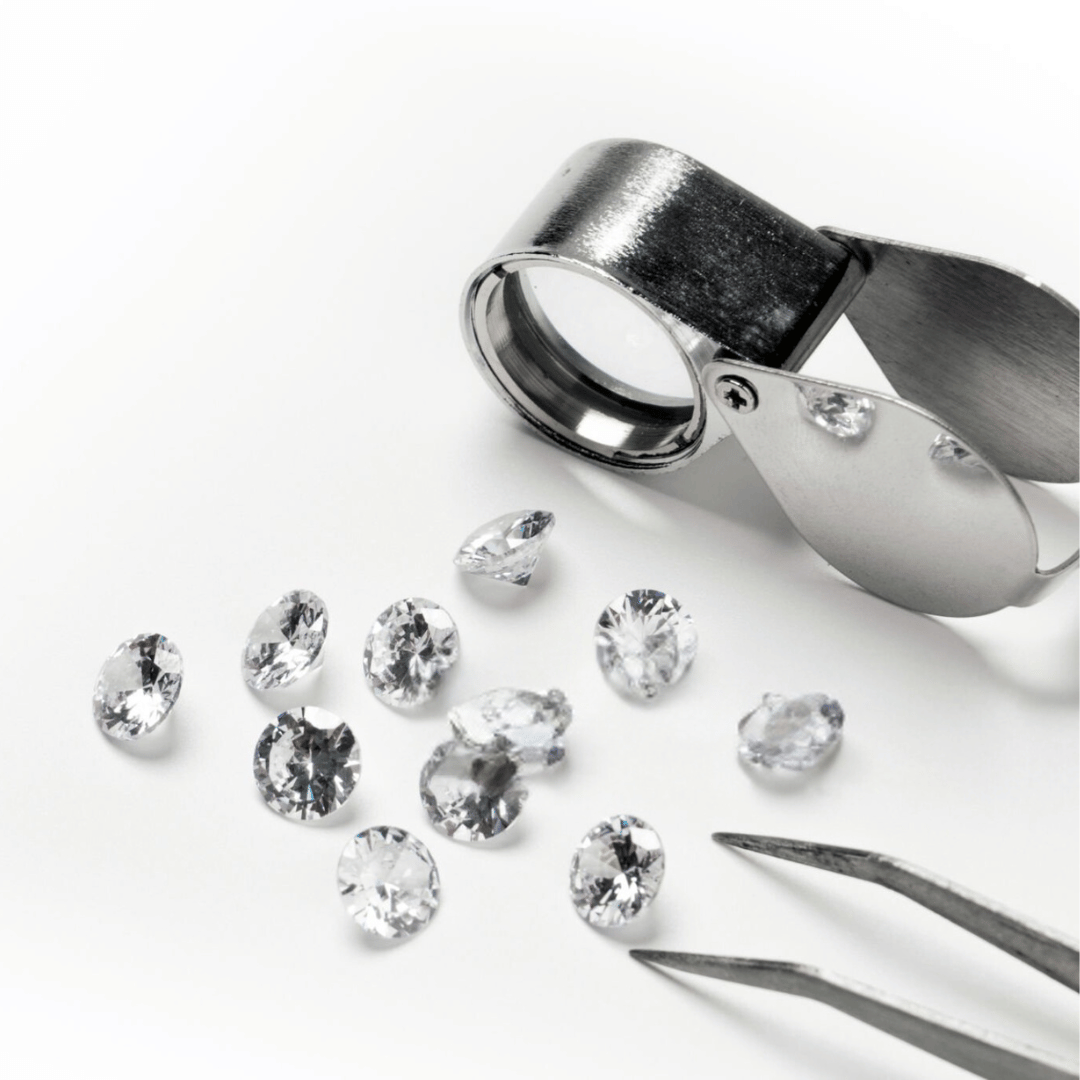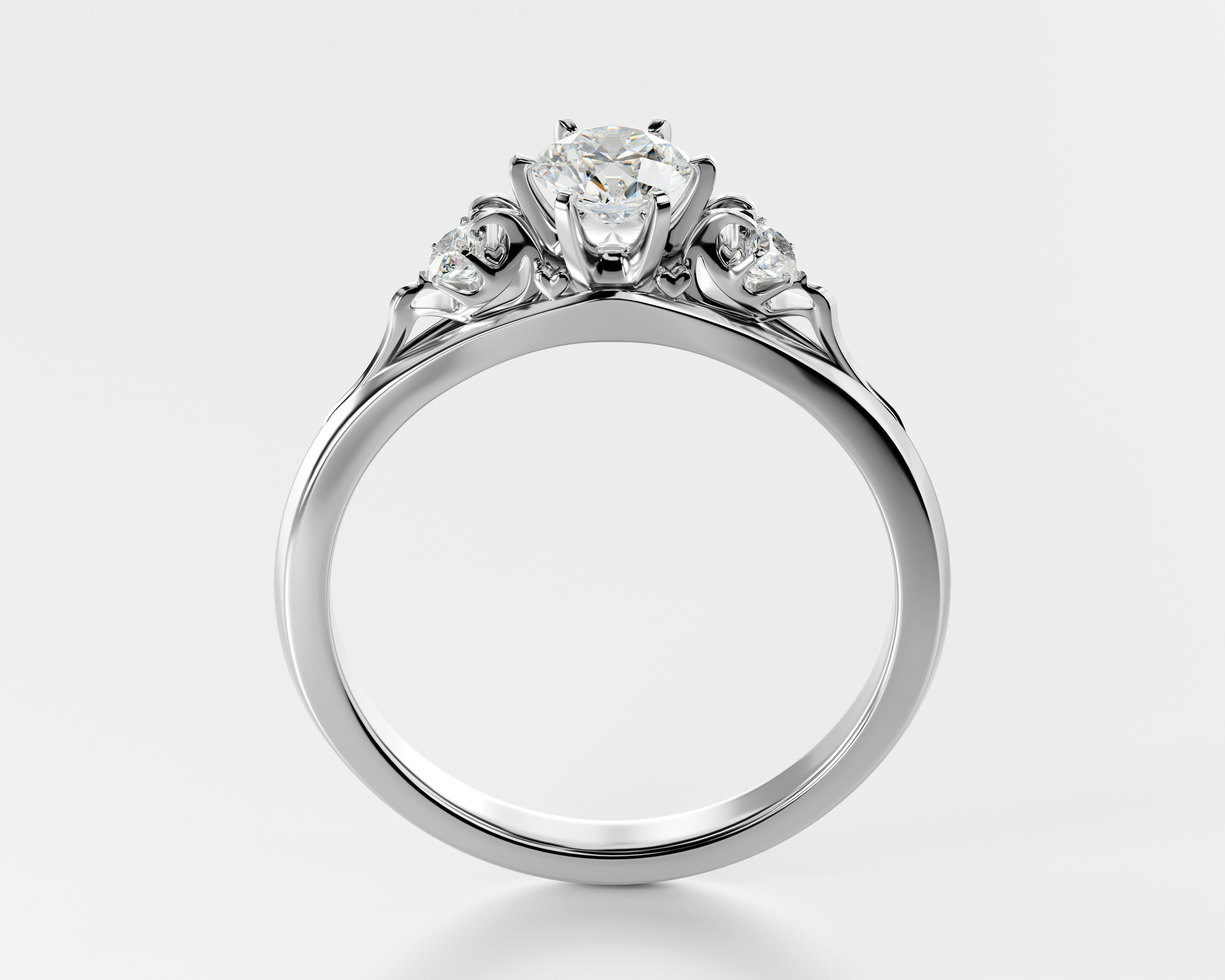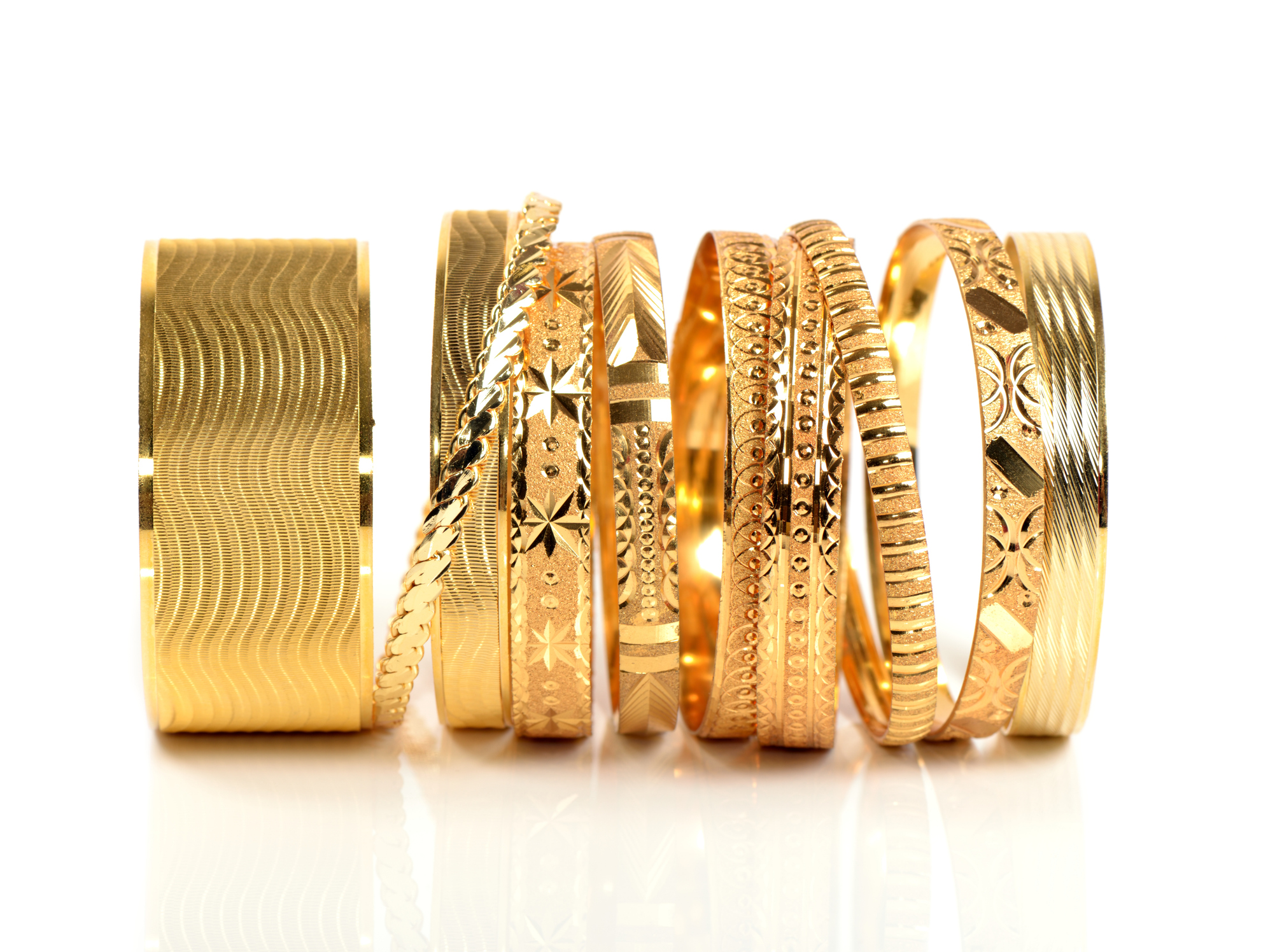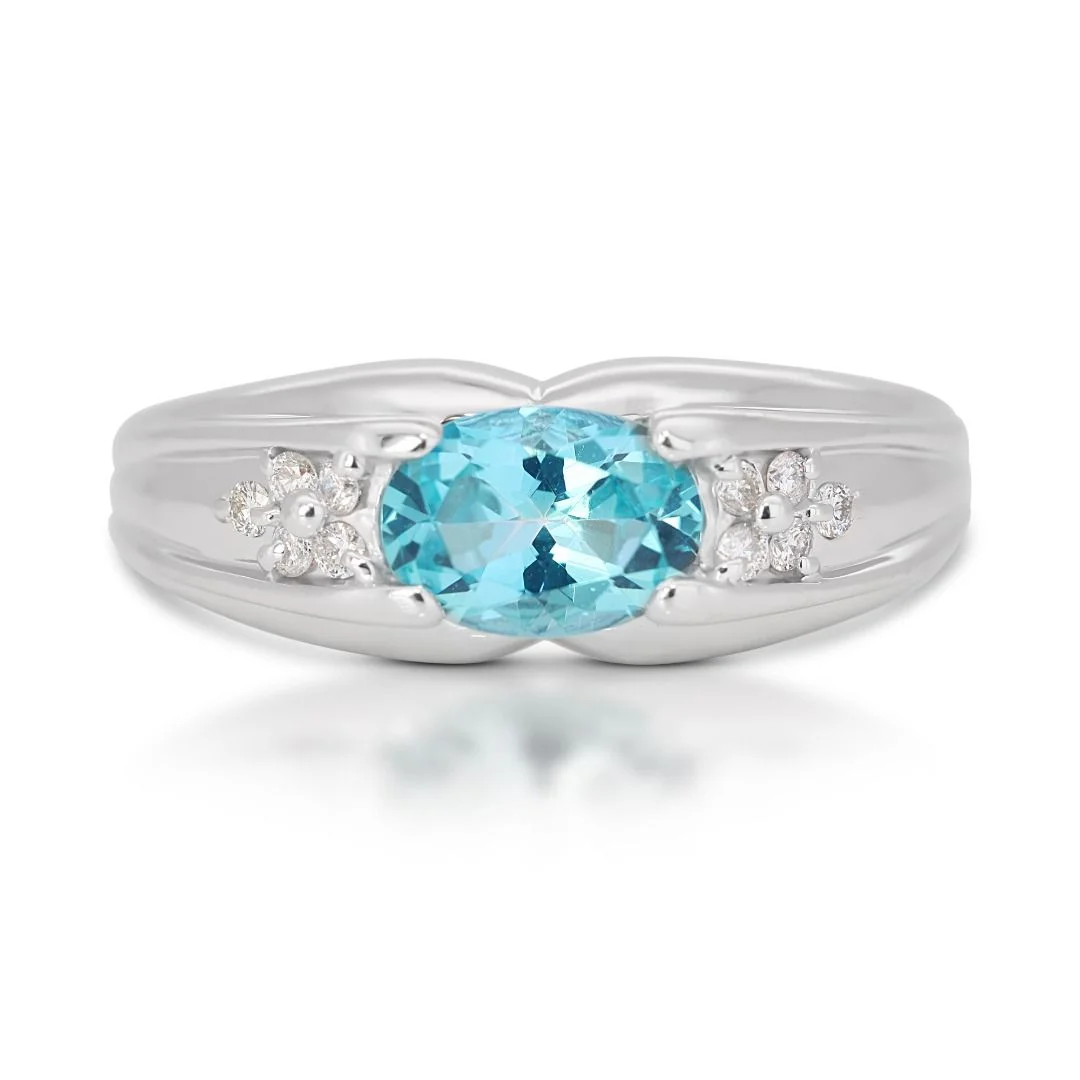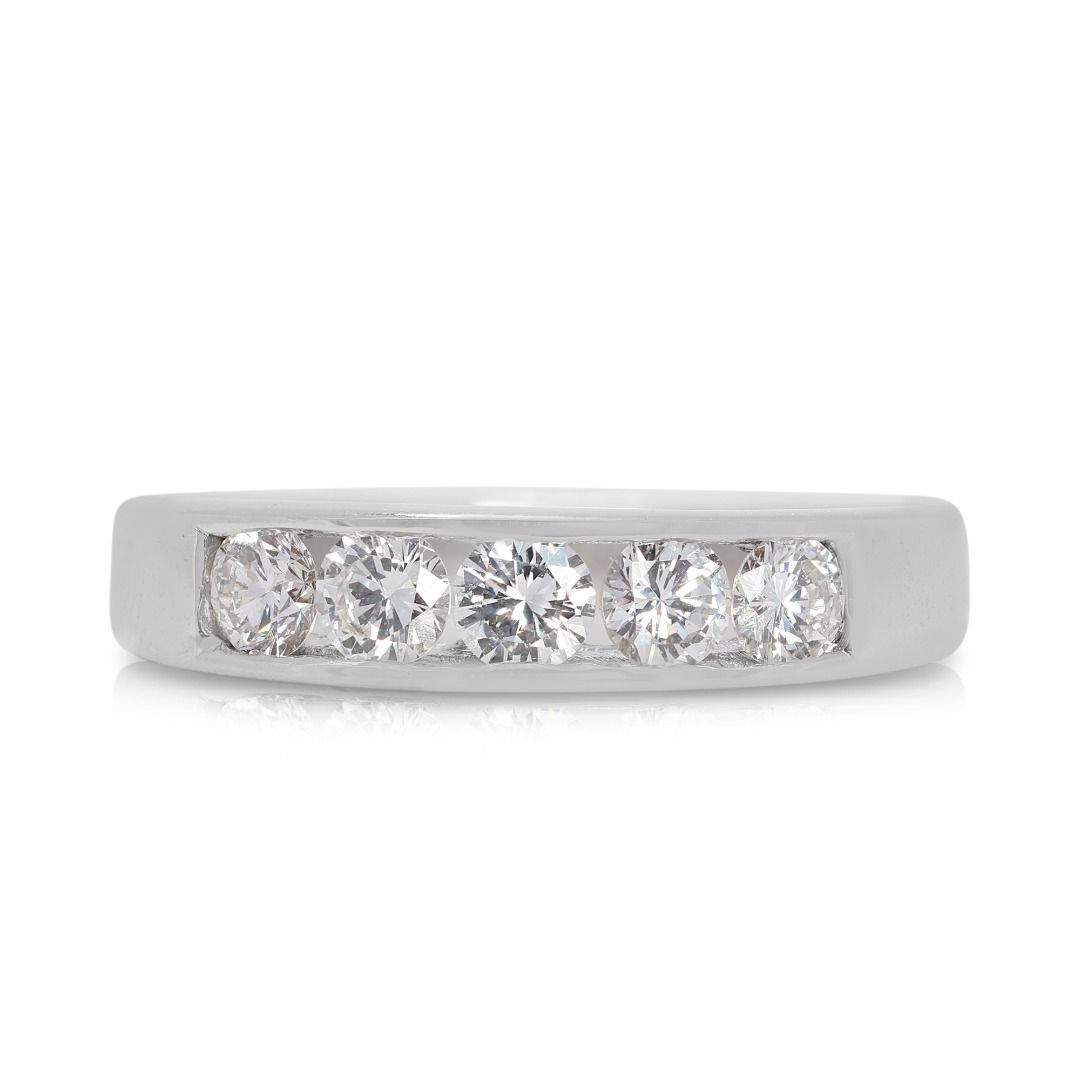Fake Diamonds And Fraud
Fake Diamonds
and Fraud
Key Highlights:
- Fake Diamonds: A fake diamond is any simulant or treated stone sold as natural.
Certified Diamonds: Protect yourself by purchasing GIA or IGI-certified diamonds from trusted jewellers. Certification guarantees the diamond’s details. - Fraud Risks: Colour-enhanced diamonds highlight the need for advanced detection and ethical sourcing. UK laws require refunds for fraud, so demand full documentation.
- Private Buyer Caution: Fraudulent certificates are common, especially from private sellers. Always prioritize accredited diamonds.
- Ask Questions: A reputable jeweller will gladly provide guidance and answer your questions.
- Lessons Learned: Real-life examples show the importance of proper documentation and ethical practices.
- Know the 4Cs: Educate yourself on diamond grading and certification to make informed decisions.
Diamonds have long been admired for their timeless beauty and captivating brilliance, making them one of the most sought-after gemstones in the world. However, with their desirability comes the challenge of identifying genuine diamonds amidst a sea of imitations and lesser-quality stones. For UK consumers, understanding how to confidently navigate the diamond market is essential to ensure you’re investing in the real thing. This guide is designed to equip you with the knowledge needed to discern between authentic diamonds and imitations, empowering you to make informed decisions that reflect both your personal style and your investment goals.
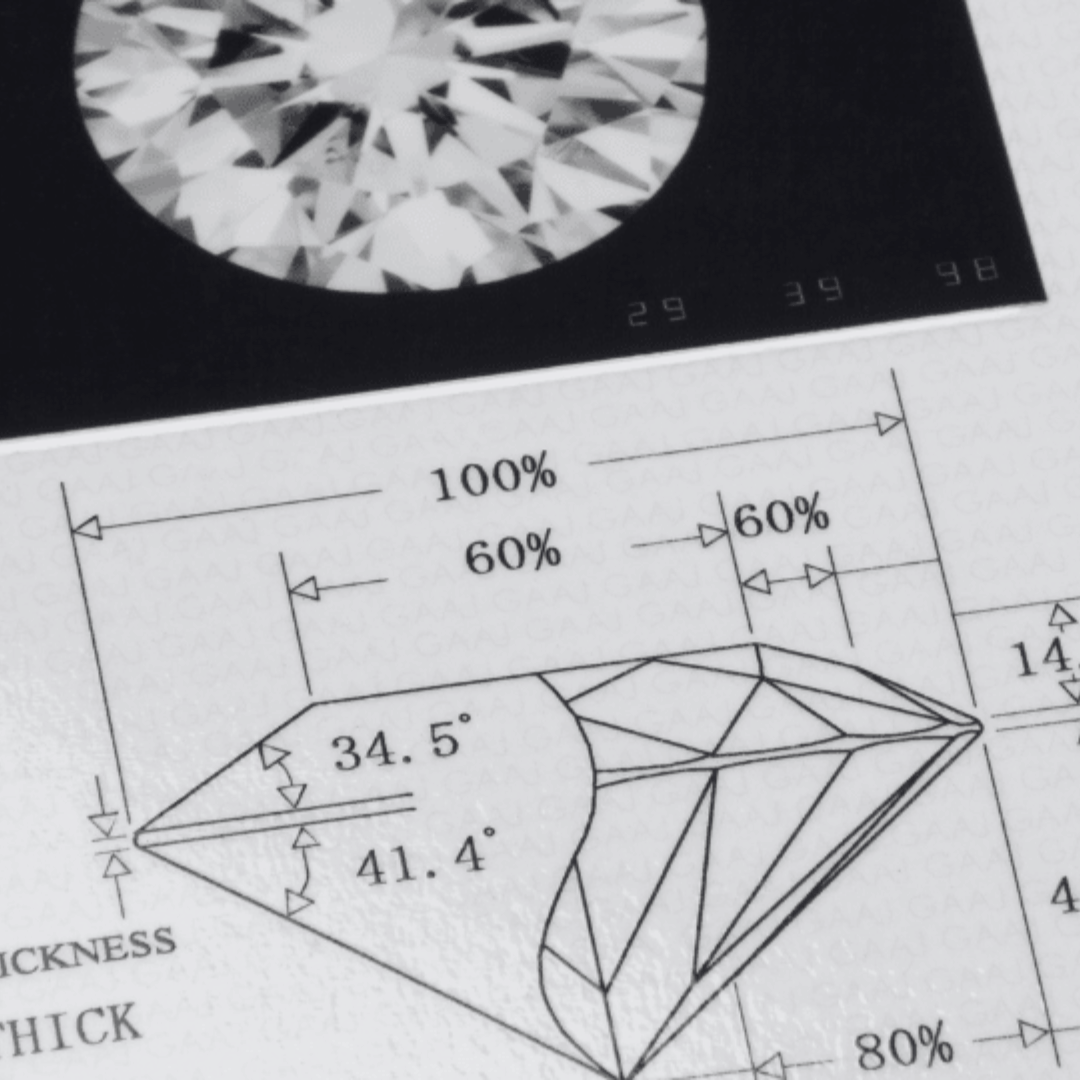
What is a Fake Diamond?
A fake diamond is any diamond simulant or treated diamond misrepresented as a natural diamond. These can include cubic zirconia, moissanite, or even treated diamonds that have undergone colour enhancements.
The Importance of Accredited Diamonds
The best defence against fakes is purchasing an accredited diamond from a reputable jeweller. Look for diamonds certified by a respected gemological laboratory, such as the Gemological Institute of America (GIA) or the International Gemological Institute (IGI). These certificates detail the diamond’s characteristics, ensuring you get what you pay for.
The Ever-Evolving Battle
The diamond industry constantly grapples with new forgery techniques. A recent example involved colour-enhanced diamonds that temporarily improved in grade but reverted over time. These enhancements even evaded initial microscopic analysis. Thankfully, such cases are rare, and reputable labs continue to develop methods for detection.
Why You Need Full Disclosure
Diamond exchange regulations in the UK mandate refunds in cases of fraud. Always insist on detailed documentation outlining the diamond’s characteristics, treatments (if any), and certification.

Beyond Accreditation: Ethical Concerns
Unethical practices, like mixing natural and synthetic diamonds, can even occur at established companies. This highlights the importance of dealing with reputable jewellers who prioritize transparency and ethical sourcing.
Temptation and the Private Buyer
Unwary buyers are particularly susceptible to manipulation. If labs are targeted, fraudulent certificates become a concern for private purchases. This reinforces the need for accredited diamonds and informed buying decisions.
Knowledge is Power: Preparing for Your Diamond Purchase
- Research: Educate yourself about diamonds before buying. Understand the 4Cs (Cut, Colour, Clarity, and Carat) and the difference between natural and treated diamonds.
- Buy from Reputable Sources: Choose jewellers with a history of ethical practices and affiliations with reputable gemological labs.
- Scrutinize Documentation: Read and understand the diamond certification report you receive.
- Compare Before You Commit: View several diamonds side-by-side to appreciate their variations.

Real-Life Examples: The High Cost of Mistakes
The blog highlights two cautionary tales: a diamond ring sold for a fraction of its original price on eBay and another that lost significant value due to undisclosed enhancements. Both cases illustrate the importance of proper documentation and certification.
Beyond the Basics: Warning Signs
While weight can be a basic indicator (zircons are denser than diamonds), it’s not a foolproof method. Always rely on gemological certification. If you suspect a diamond may be treated or fake, consult a professional for verification.
Conclusion
Throughout history, diamonds have symbolized love, commitment, and beauty. Yet, navigating the diamond market can be overwhelming. With this guide, you’re now equipped to confidently avoid fakes. By choosing reputable jewellers, certified diamonds, and making informed decisions, you can shop with peace of mind. A true diamond isn’t just about its sparkle; it’s about finding a stone that represents your unique style and celebrates life’s special moments. Armed with your new knowledge, embark on your diamond journey and discover the brilliance that awaits!


